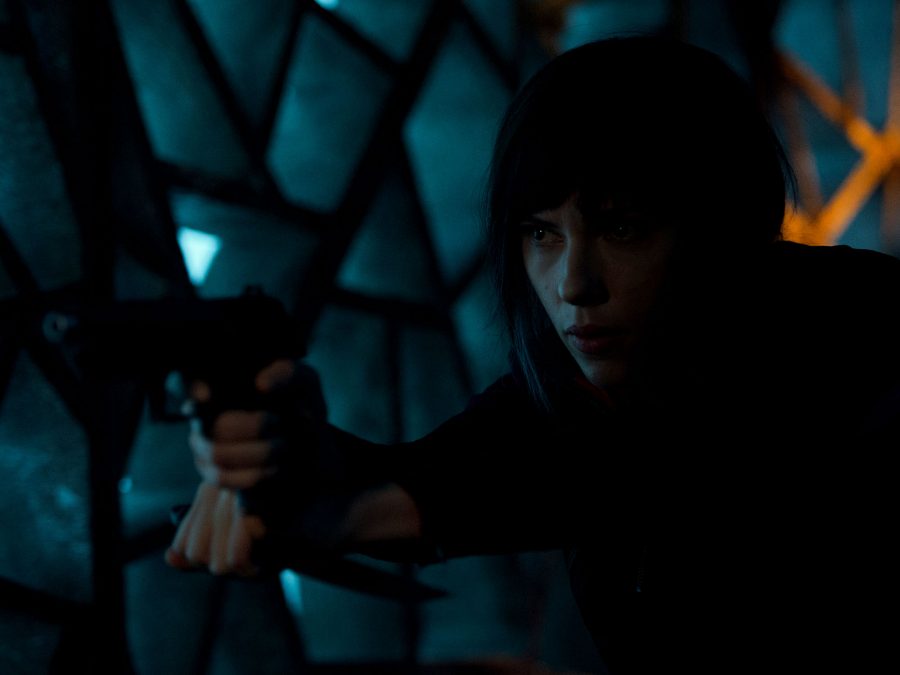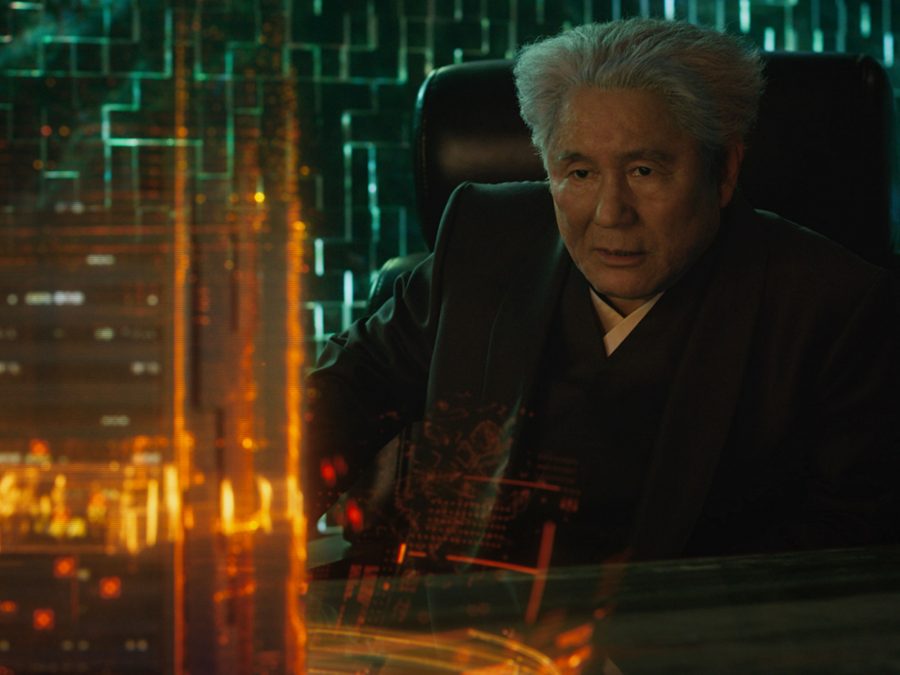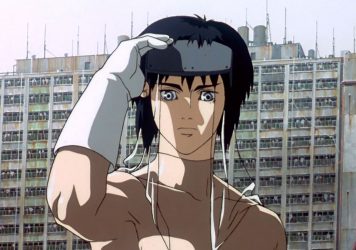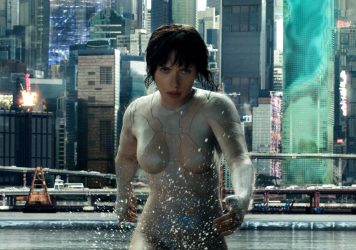All the slick CG in the galaxy can’t save this mind-numbing sci-fi noir starring Scarlett Johansson as a femme cyborg.
A plump human brain, sapped of all emotion and sentiment, is meticulously lowered into a sleek, voluptuous shell that happens to be in the form of American actress Scarlett Johansson. Memories of happier times, of complex human relations, rippling sensations of pleasure and pain, have been suppressed so this dour, Cyborg footsoldier can operate as a robot weapon with the added bonus of moral sentience.
At points, you might see this central conceit as a metaphor for Rupert Sanders’ Ghost in the Shell, a retooling of Mamoru Oshii’s classic 1995 anime. Yet as the minutes slowly tick by and the chronic tedium sets in, it becomes clear that this is more like one of the early prototypes that went bananas and started popping off rounds at members of the public. There is a certain poetry, though, to the idea that this is a film which questions the existence of an inner soul, and which is itself about as soulful as a defective Game Boy.
No amount of whispered, meaningful monologue can hoodwink the viewer into believing that this movie is anything more than an shapely, empty vessel with delusions of existential sci-fi grandeur. Johansson scowls for all she’s worth as Major, a hot-headed government agent on the hunt for a serial killer who appears to be targeting the good folk at Hanka Robotics, particularly those involved in the cybernetics programme that bought her into being. The company’s central defence is something called a Spider Tank, which is a tank in the shape of a spider, and nothing more than that.

Filler shots of bustling cityscapes feel cribbed from Blade Runner and Windows 95 screensavers. Gigantic female effigies, projected as skyscraper-sized holograms, beam with eerie smiles and their presence is somehow meant to cut through all the blue-grey futuro bleakness. But like so much in the film, this ends up being nothing more than decoration, a hint towards the kernel of an idea.
Ghost in the Shell is a come-sit-on-my-knee lesson which states that all the lavish, wannabe eye-popping production design in the world don’t mean squat if you’ve got no characters, no story, no action and no faith in the audience to take up the thread of your weak drama. This is a film in which people tell you that they are going to a place to do a thing, and then they go to a place and do a thing. Even the opening title cards which explain the time and setting are worded in a way that is at best banal and at worst incoherent.

The most notable aspect of the film is the outrage it has caused among those who feel the role of Major has been “whitewashed”, with a white Western actor taking a part that was originally written as Japanese. Although the story takes place in what seems like a futuristic version of Tokyo, it’s actually now a cosy, anonymous melting pot of ethnicities and accents, inferring perhaps the world has become a post-racial utopia where the stigma of skin colour, custom and language have been all but erased.
The real question, however, is whether the film deserves to be discussed on such serious political terms, considering its own intellectual ambitions are so limited. The sheer scale of the enterprise, and the fact that it has been made to connect with a mass audience, are the only reasons it should be engaged with on that level, even if its insidious promotion of stars over diversity does nothing to actually enhance the experience of the film. Sanders has the chance to comment on his choice to switch the ethnicities, but he sheepishly opts to hide any politics between the edits.
Yes, it’s kinda cool that you’ve got “Beat” Takeshi Kitano with a bizarre triangular peroxide haircut and a six-shooter as Major’s badass mentor, and he gets by far the best line in the film. And Juliette Binoche, as one of the chief scientists at Hanka, takes her role of philosophical guide more seriously than she perhaps needed to. Otherwise, this movie is all flash and no function. Luxuriate in the wan visual dazzle if that’s your thing, but otherwise remain mindful of the irony that you’re watching a film about the spiritual aspects of brain functions with yours firmly set to sleep.
Published 29 Mar 2017
This is the film that no one really wanted. Can it defy expectation?
Absolutely not. Signs of life are worryingly sparse.
Vapid eye candy that’s about as shallow as a puddle.

By Greg Evans
In Mamoru Oshii’s classic anime, characters seek individuality within an increasingly artificial society.

Ghost in the Shell isn’t the first film to refigure the actor’s body into something disturbing or monstrous.

In praise of the Hong kong adrenaline junkie and architect of the time-honoured bullet ballet.